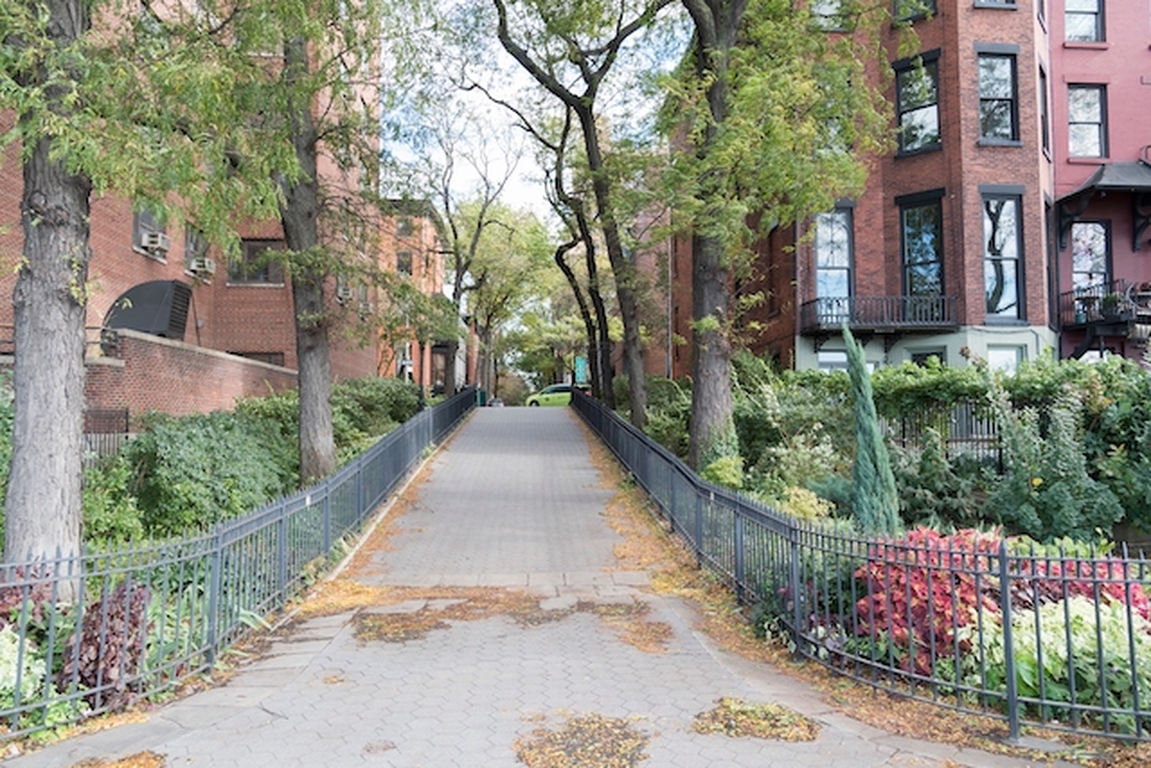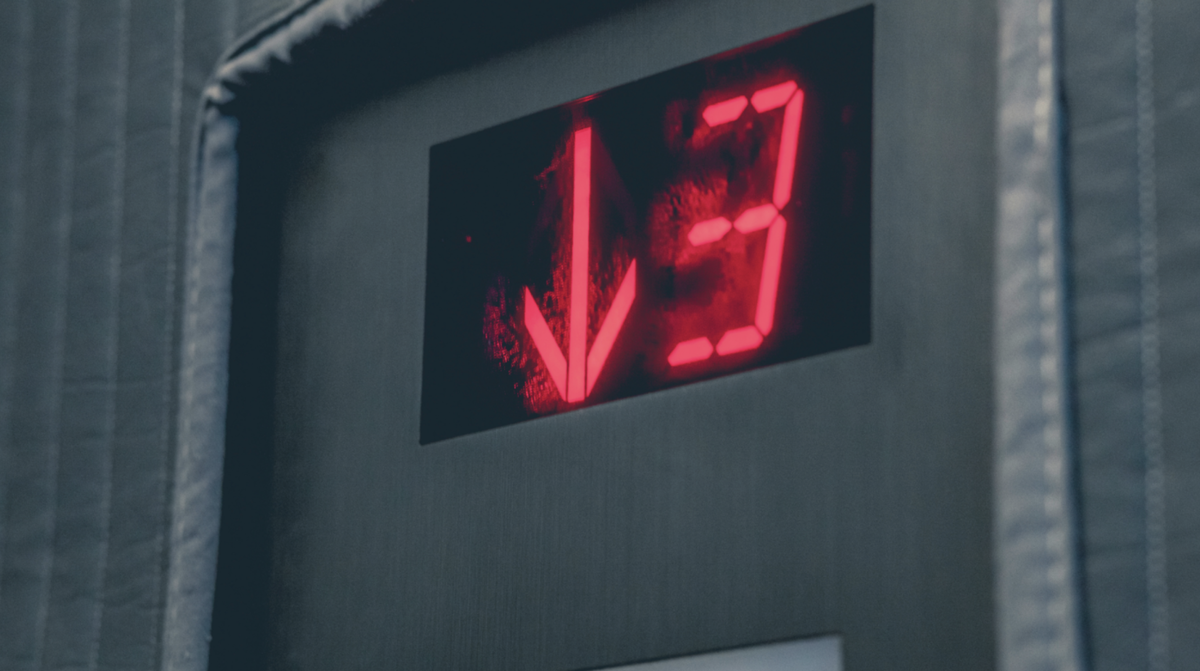Home affordability declines to 15-year low, passing "inflection point" for buyers
Zillow has dropped its forecast for home-price growth over the next 12 months as buyers grapple with the most unaffordable landscape in at least 15 years.
Monthly mortgage payments in April took up 28 percent of a recent homebuyer’s monthly income — near the 30 percent threshold generally considered an upward bound of affordability, according to a new report from the Seattle-based listing portal.
That’s the highest share of income devoted to mortgage payments since at least 2007, which is as far back as Zillow’s records go. Another measure of affordability kept by the Atlanta Federal Reserve suggests the previous low point for affordability occurred in July 2006.
“It will take time to confirm, but for now the trend appears to show that the market passed an inflection point for home values between April and May, transitioning from ever-hotter to somewhat-cooler price growth,” the report reads. “This deceleration is a clear signal that buyers are dialing back their demand for homes in the face of daunting affordability challenges.”
In the months since those numbers from April were recorded, mortgage rates and home prices have only continued to climb, even as wage growth has flattened out.
As mortgage rates moved upward, the typical mortgage payment after a home purchase in early June would amount to $2,127 per month. That number has climbed 36 percent since the start of the year alone.
The new reality has contributed to a significant reduction in demand for homes.
By Zillow’s count, the number of for-sale listings that went under contract last month was slightly lower than it was in May of 2019 — before the pandemic began. Home sales activity declined 20 percent over the previous 12 months, an unexpectedly swift return to pre-pandemic sales levels.
Despite this, homes are still flying off the shelves — half of them are spending seven days on the market or fewer — and price growth is moderating only slightly.
Home values posted 20.9 percent year-over-year growth in May. That’s down from 20.7 percent in April. It’s also the first sign of an annual slowdown in the Zillow Home Value Index, which is based on the company’s Zestimate product.
The company’s research team thinks this will be the start of a more significant slowdown in price growth. While prices are still expected to rise, the team has downgraded its forecast for the upcoming year from 10.4 percent growth to 8.8 percent growth.
Amid this change, the nation’s depleted inventory of homes for sale appears to be in the early stages of a turnaround.
Years of fast-paced selling means there are now half the number of homes for sale at any given time, compared to 2019 levels.
But since February, the number of available homes for sale has been ticking up.
This inventory recovery has occurred despite the fact that the pace at which new listings come on the market has been slowing.
“This likely means listings are beginning to hang around the market longer and this slowdown is contributing to the recovery of inventory,” the report reads.
Monthly mortgage payments in April took up 28 percent of a recent homebuyer’s monthly income — near the 30 percent threshold generally considered an upward bound of affordability, according to a new report from the Seattle-based listing portal.
That’s the highest share of income devoted to mortgage payments since at least 2007, which is as far back as Zillow’s records go. Another measure of affordability kept by the Atlanta Federal Reserve suggests the previous low point for affordability occurred in July 2006.
“It will take time to confirm, but for now the trend appears to show that the market passed an inflection point for home values between April and May, transitioning from ever-hotter to somewhat-cooler price growth,” the report reads. “This deceleration is a clear signal that buyers are dialing back their demand for homes in the face of daunting affordability challenges.”
In the months since those numbers from April were recorded, mortgage rates and home prices have only continued to climb, even as wage growth has flattened out.
As mortgage rates moved upward, the typical mortgage payment after a home purchase in early June would amount to $2,127 per month. That number has climbed 36 percent since the start of the year alone.
The new reality has contributed to a significant reduction in demand for homes.
By Zillow’s count, the number of for-sale listings that went under contract last month was slightly lower than it was in May of 2019 — before the pandemic began. Home sales activity declined 20 percent over the previous 12 months, an unexpectedly swift return to pre-pandemic sales levels.
Despite this, homes are still flying off the shelves — half of them are spending seven days on the market or fewer — and price growth is moderating only slightly.
Home values posted 20.9 percent year-over-year growth in May. That’s down from 20.7 percent in April. It’s also the first sign of an annual slowdown in the Zillow Home Value Index, which is based on the company’s Zestimate product.
The company’s research team thinks this will be the start of a more significant slowdown in price growth. While prices are still expected to rise, the team has downgraded its forecast for the upcoming year from 10.4 percent growth to 8.8 percent growth.
Amid this change, the nation’s depleted inventory of homes for sale appears to be in the early stages of a turnaround.
Years of fast-paced selling means there are now half the number of homes for sale at any given time, compared to 2019 levels.
But since February, the number of available homes for sale has been ticking up.
This inventory recovery has occurred despite the fact that the pace at which new listings come on the market has been slowing.
“This likely means listings are beginning to hang around the market longer and this slowdown is contributing to the recovery of inventory,” the report reads.


 Menu
Menu




